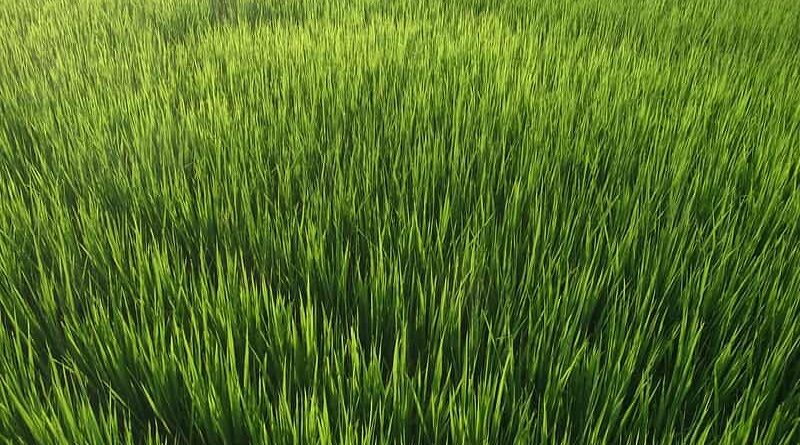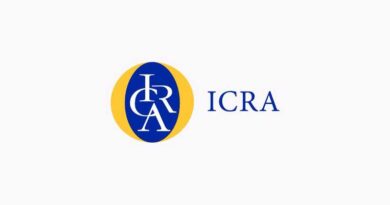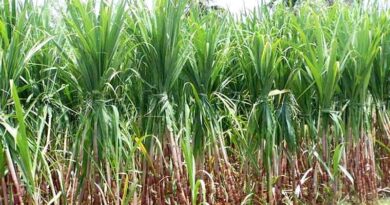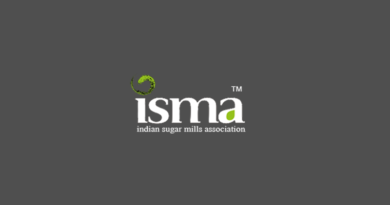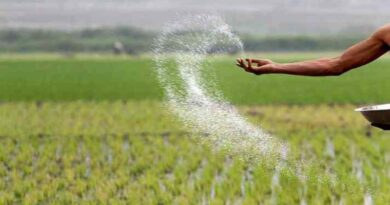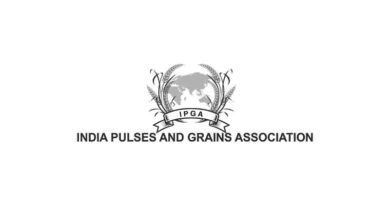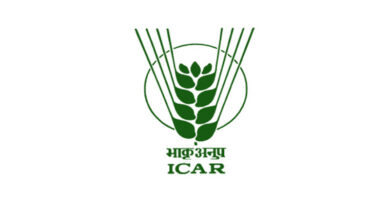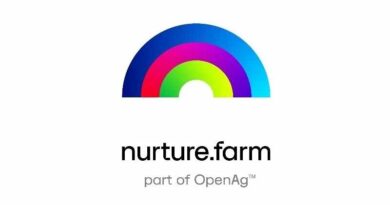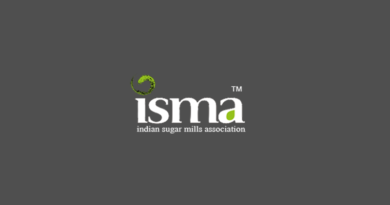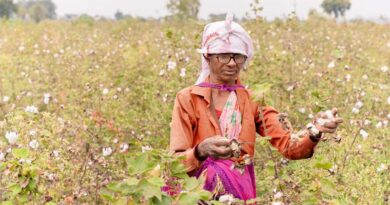Lower domestic gas price a positive for urea players
- Domestic gas price at all time low since the introduction of the Rangarajan formula to benefit urea players in terms of lower cost of production and lower subsidy requirement
- Global phosphatic fertiliser prices rising; with P&K players looking at not raising retail prices contribution margin to contract albeit still expected to remain healthy
5 October 2020, Gurgaon, IN: Fertiliser sales volumes continue to showcase robust growth rising 15% Y –o-Y in H1 FY2021 with urea sales growing 7.1% and DAP/NPK sales growing 26% Y-o-Y respectively.
Also Read: Syngenta Group acquires leading Biologicals company, Valagro
The robust growth in H1 FY2021 was driven by early as well as cautionary buying by the farmers in the light of the Covid-19 pandemic, growth in the sowing levels, and support for agriculture from various GoI schemes. On the raw material side urea players continue to benefit from the subdued natural gas prices.
Low crude oil prices and spot LNG prices
The term LNG prices have continued to remain soft, driven by low crude oil prices and spot LNG prices. On the domestic gas front, the GoI mandated price for H2 FY2021 has declined to $1.79/mmbtu on the Gross Calorific Value (GCV) basis, inline with global pricing benchmarks, to which the pricing of domestic gas is linked.
Commenting on the impact of this development, Mr. K Ravichandran, Group Head & Senior Vice President, ICRA says, “Nearly 41% of the natural gas requirement for the fertiliser sector is met through domestic gas with the remaining 59% being met through a mix of term LNG and spot LNG. With the domestic gas price for H2 FY2021 being set at the lowest level since the Rangarajan formula was instituted, the pooled price for the fertiliser sector should witness a decline of $0.25/mmbtu. With Brent crude prices, which are a driver of the term LNG prices, remaining subdued along with spot LNG prices, the pooled price for the fertiliser sector is expected to remain in the range of $7.5-8/mmbtu. Low gas prices will keep the cost of production and thus the subsidy requirement low for the urea players. With low gas prices, the production benchmarked to the International Parity Pricing will also remain competitive against imports and the profitability on the same is also expected to remain healthy.”
Thus, for indigenous urea manufacturers, the working capital borrowings for urea operations are expected to moderate significantly in FY2021 which, coupled with lower interest rates will significantly ease the burden of interest costs. With the correction in the pooled gas price in FY2021, the subsidy requirement for urea players is expected to be lower by ~Rs. 11,000 crore as per ICRA estimates.
However, part of the savings in the subsidy for indigenous production will be offset by the increased subsidy requirement or imported urea. The subsidy requirement for imported urea will rise, driven by an increase in the imported urea volumes and higher subsidy outgo on the imported urea replacing the urea imported from Oman India Fertiliser Company (OMIFCO) earlier at a concessional price.
Phosphatic Fertiliser
The phosphatic fertiliser prices and key raw material prices, particularly that of phosphoric acid, had remained subdued for the large part of FY2020. However, since the start of the Covid-19 pandemic and the increased focus of countries across the globe on agriculture, phosphatic fertilisers have witnessed a surge in the demand and prices as well. The demand for phosphatic fertilisers from the US, Brazil and India has been strong, given the strong agricultural season being witnessed across the three major agricultural countries. As a result, the international price of DAP and phosphoric acid has been on an uptrend with the phosphoric acid price for Q3 FY2021 being set at $689/MT, a $64/MT increase over the Q2 FY2021 price of $625/MT.
Commenting on the development, Mr. Varun Gogia, Senior Analyst, ICRA said, “With the rise in the phosphoric acid prices, the input costs for the phosphatic fertiliser manufacturers will increase although cost of other raw materials i.e. ammonia and sulphur, continue to remain subdued. With the market leader in the phosphatic segment stating publicly that no retail price increase will be taken in the upcoming rabi season and the other players expected to follow suit, the contribution margin on the sale of DAP/NPK fertilisers is expected to moderate sharply to absorb the increase in the raw material cost.
As per ICRA estimates, the contribution margin should decline by around Rs. 1750-1900/MT for the sale of manufactured DAP using the phosphoric acid route. For the manufacturers who are backward integrated into manufacturing of phosphoric acid using rock phosphate, the impact would be much lower. While the contribution margins would certainly moderate, they would revert to normal levels as during the current kharif season the contribution levels had expanded significantly due to low raw material prices, firm retail prices and minor reduction in the subsidy rates for FY2021.”
Photo credit: matsuyuki on VisualHunt / CC BY-SA

